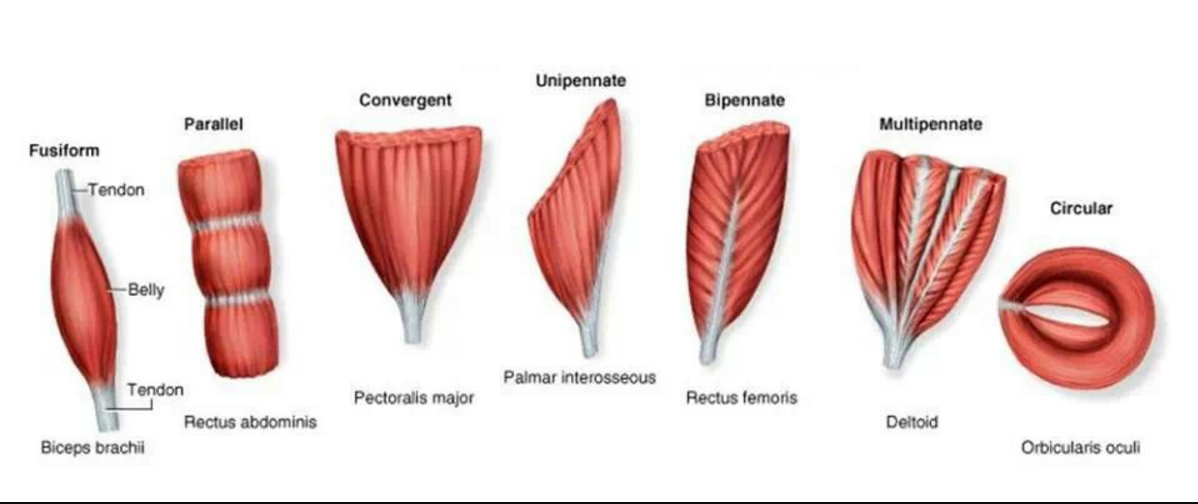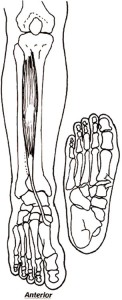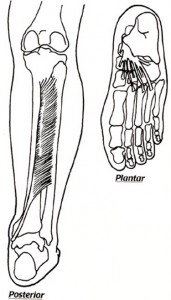Muscle Shapes: Function Follows Form
Muscle shapes can tell you a lot.
My take on healing the body is to encourage people to learn about the amazing vessel that transports them through life.
The more we know about our makeup, the more likely we are to suffer the slings and arrows of existence and aging with grace and aplomb.
Learning about and understanding how our muscles work within the body seems to me to be of vital importance. If someone wants to understand why their machine keeps breaking down it is good to know how the machine works.
Function follows form when we are looking at the different types of muscles, and muscle shapes within the body.
There are numerous kinds of muscles with different shapes and functional capabilities.
If asked to imagine a muscle the mind’s eye usually conjures up something that looks something like a tube that is thick in the middle and tapers on either end.
This is the picture of a fusiform muscle, which is in fact, the most populous type of muscle in the body.
Fusiform muscles tend to be long and thin attaching at sometimes distant points.
They most often cross hinge joints and since they offer only one direction of pull or movement, assisting mainly in flexion and extension.
The biceps and hamstrings are examples of fusiform muscles.
Pennate muscles, derived from the Latin for feather, are very different in shape and size from fusiform muscles.
They tend to have short fibers that attach along greater lengths of bone than fusiform muscles.
A good example of these two different types of muscles and muscle shapes is to be found in the lower leg where we find a lot of pinnate muscles.
The tibialis anterior and posterior combine with the help of a couple of other muscles to lift up the main inner arch of the foot.
The tibialis anterior is a fusiform muscle that attaches to the front of the leg.
It aids in the lifting of the arch but it is the tibialis posterior, a pennate muscle that attaches along the length of the tibia that is responsible for most of the work.
That is because the pennate-style attachment along a longer length of bone gives this type of muscle more strength.
Another type of muscle is the quadrate muscle- quadratus lumborum, and quadratus femoris to name a couple.
When it comes to muscle shapes, quadrate muscles are stabilizers along with whatever other function they perform.
The rhomboids are quadrate muscles. While they work to retract the scapula they also stabilize the shoulder blade onto the trunk.
The final type of muscle we will look at is the triangular muscle that is found in great quantity around the ball and socket joints of the hip and shoulder.
A triangular muscle is one that has a single connection at one end and a broader connection at the other.
Pectoralis minor is one such muscle, and the gluteal muscle and piriformis are others.
These triangular muscles are movers allowing for a wide range of movement around their singular attachment.
As you can see from the top picture there are a couple of other types of muscles.
The diaphragm is another circular muscle like the orbicularis on the right.
Also, as in the case of the quadratus, these muscles aren’t limited to the role I am ascribing them, but adding to your understanding of them in any way can be helpful.
It often returns to one of my favorite maxims— the more you know, the more you know you know so little.
So why not keep trying to know some more?
***



